The EIAR is a Federal Agricultural Research Institutes. EIAR is responsible for the running of federal research centres, and Regional research institutes are administered by the Regional governments. In addition to conducting research at its federal centres, EIAR is charged with the responsibility for providing the overall coordination of agricultural research countrywide and advising Government on agricultural research policyformulation. Currently, the EIAR comprise 17 research centres and siteslocated across various agro-ecological zones. One of the strategic directionsenvisaged for increasing livestock production, productivity, quality, and market linkages through enhanced adoption and scaling up of technologies, implementation of cluster-based agriculture, input supply, and participation of the private sector. Accordingly, the Ethiopian Institute of Agricultural Research (EIAR), guided by its vision and mission, is striving to contribute to the fulfilment of these fundamental national objectives by undertaking research and generating appropriate technologies, information and knowledge on dairy, beef, sheep, goat, camel, poultry, fisheries, apiculture, sericulture, animal health, feeds and nutrition and range land management research programs
Crop and Livestock farming – Ethiopia
Geographical profile
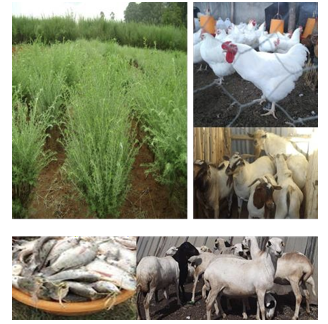
Challenges
The focus on food security is strongly reliant upon the livestock production systems and especially in in many of Low- to Middle Income Countries (LMIC). The limited supplies and high cost of good quality feed severely constrains exploitation of this opportunity. In many of such countries, feeds and feeding-related issues are often ranked as the primary constraint to livestock production and increased consumption of animal-source foods. Additionally, there isa. Complex biophysical, socio-economic, and technological challenges to be addressed prior to improving quality feed supply and the reasons for generally low adoption of apparently proven feed enhancement technologies
Expected benefits
Within NESTLER, EIAR will continue to investigate the impact of insect protein as an alternative to farm feed, in collaboration with MANA and ICIPE institutes. Additionally, the development of FRASS fertiliser will also be studied to monitor the quality of crop growth in Ethiopia.
Pilots
The pilot activities will assess the impact of insect protein as a potential alternative to traditional farm feed in its two pilot initiatives, specifically P.ETH.1 and P.ETH.2. The first pilot will evaluate the feed value of Black Soldier Fly (BSF) products, such as full-fat larvae, defatted BSF larvae (protein meal) and oil/fat of BSF larvae, through feeding the products to broiler, layer and dual-purpose chicken. Debre Zeit Agricultural Research Center (DZARC) under EIAR coordinates the National Poultry Research Program and has deep litter houses (deep with locally available teff straw) and has its own feed processing facility rich in human manpower. The second experiment will be conducted at Sebeta National Fisheries and Aquatic Life Research Center (NFALRC) in plastic fish tanks. The center has sufficient water supply for fish tanks and outdoor fish ponds. Fish feed formulation and processing facilities and laboratories for water and feed analysis are available at the centre. A total of 500 Tilapia (O.niloticus) fingerlings will be used for the experiment.

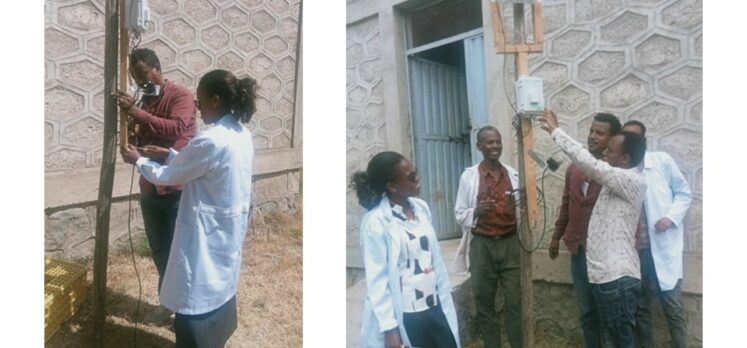
Installation process of Synelixis’ SynField and SynAir systems at PETH-1-DZARC site
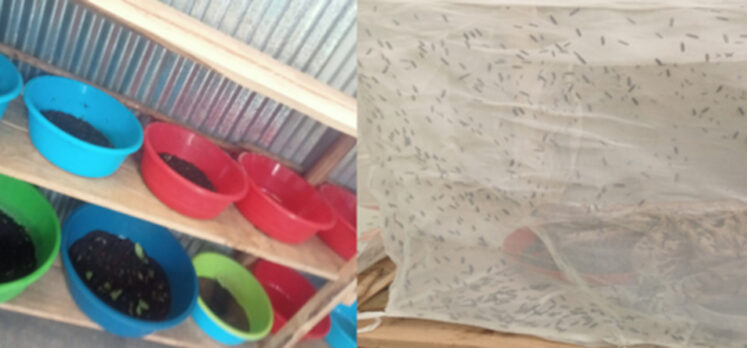
Larvae rearing plate (left) and love cage (right)
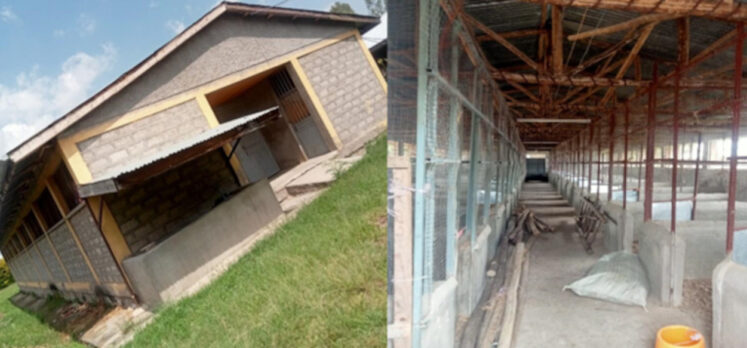
Allocated houses for the chicken feeding trial and its interior partition (pens)
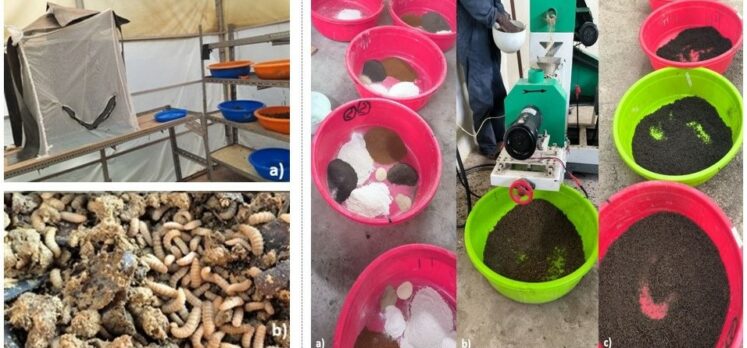
Left: a) BSF rearing and production facility, b) First batch BSFL production
Right: a) Fish feed formulation, b) Feed pelleting, c) Pelleted fish feed
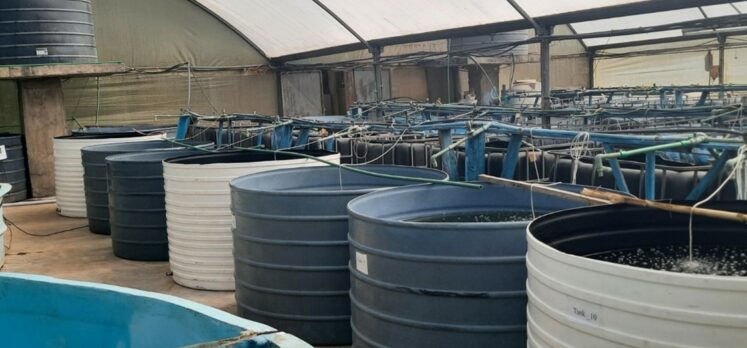
Experimental fish tanks
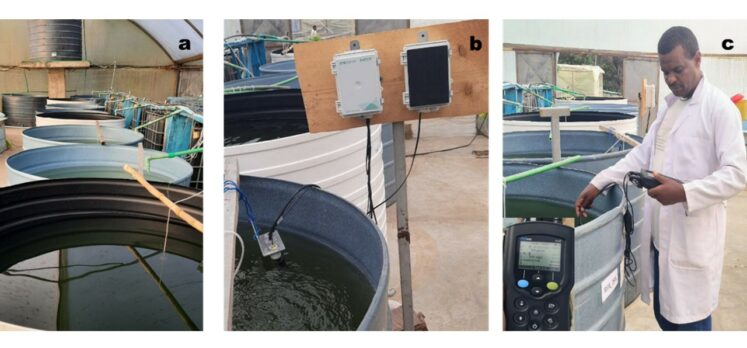
Experimental fish tanks with aeration and waterlines (a),
water quality monitoring (real time using IoT device SYNWater
(b) and regular monitoring HQ multiline probe (c).
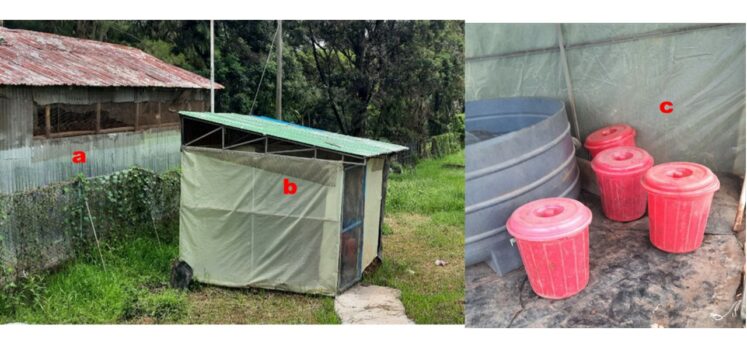
Picture showing source of organic waste (a), processing house (b) and collecting-storing containers (c) at P. EIAR 2 NESTLER pilot site
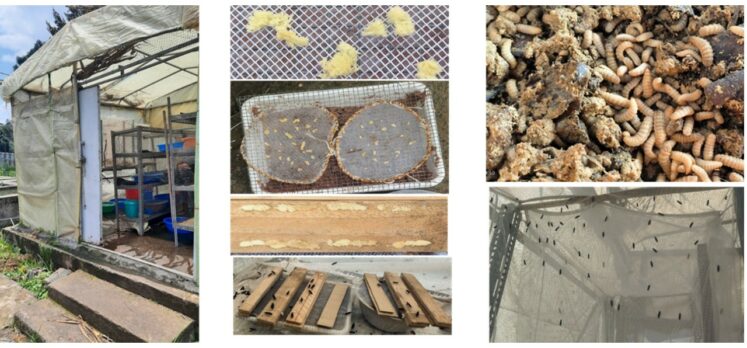
BSF rearing house with required materials (left), egg collecting materials
and hatching(middle), and larvae and adult (right) reared at P. EIAR 2 NESTLER pilot site
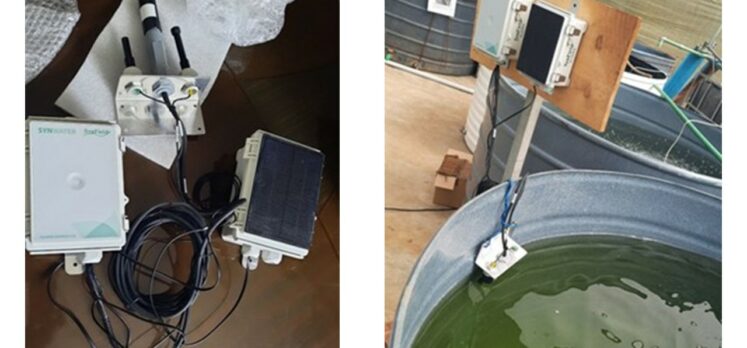
SynWater (left) and SynWater in the fish tank (right)
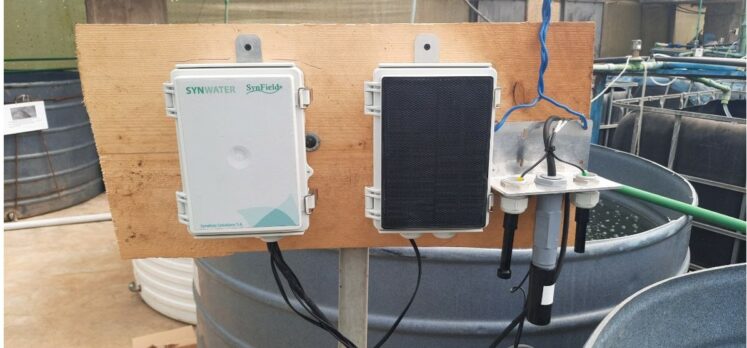
SynField X3 and SynWater (left) – SynControl app for data collection at P.RWA.2 (right)
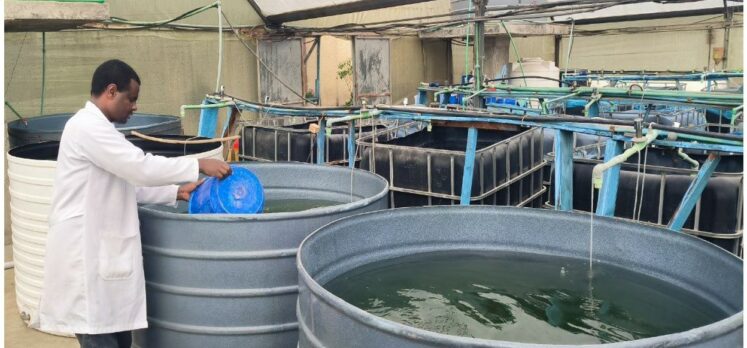
Fish stocking in the experimental tanks
